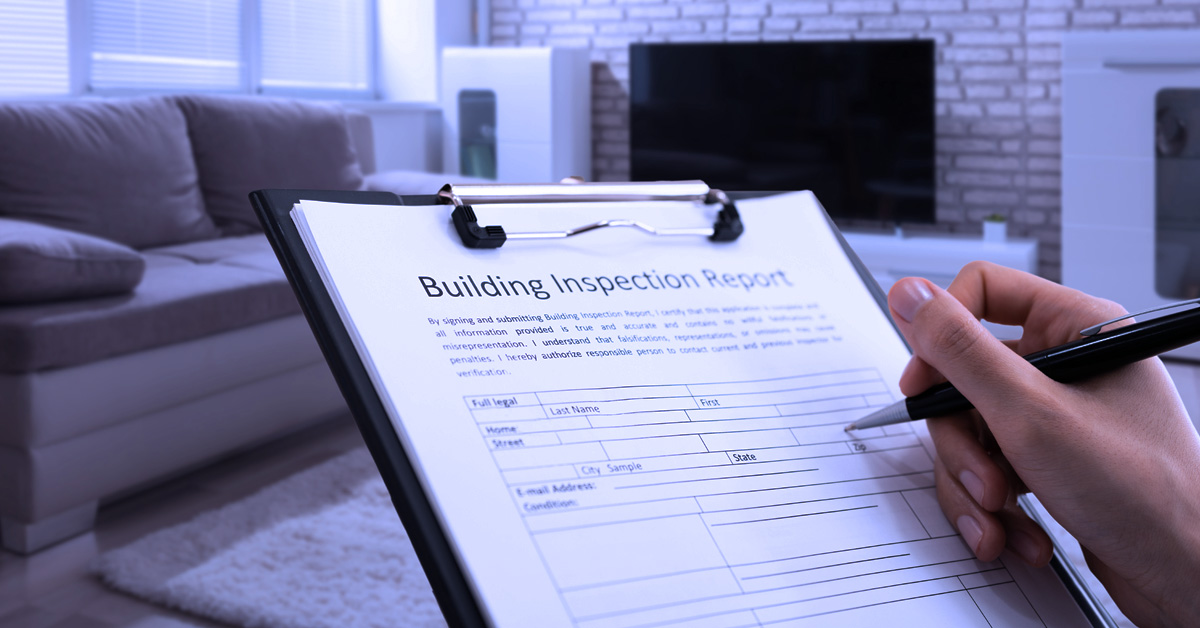Your Journey to Homeownership – Realizing the Importance of Thorough Inspections
Congratulations on embarking on the exciting journey of buying your dream home! Owning a house is a significant change in life, and it’s natural to feel overwhelmed by the process. Amidst all the excitement, it’s essential not to overlook a crucial step that could have a lasting financial impact on your investment – snagging. In this personal guide, I’ll walk you through the significance of snagging in the home-buying process, and how paying attention to the smallest details can lead to a smoother and more rewarding purchase.
Understanding Snagging
As a prospective homebuyer, snagging might be a new term to you, but it holds immense importance in ensuring the quality and functionality of your soon-to-be home. Snagging is a meticulous inspection of a property before its final handover, aimed at identifying any defects, imperfections, or unfinished work that require attention. From cosmetic flaws like chipped paint to more critical issues like faulty wiring, snagging helps you catch and address these issues before they become a financial burden.
The Hidden Costs of Ignoring Snagging
- Unexpected Expenses Down the Road
By overlooking snagging, you risk moving into a home with hidden defects that may not be apparent during your initial viewing. Once you’re settled in, these issues could surface, leading to unexpected repair and maintenance expenses. Rectifying problems post-purchase can be costly and stressful, potentially denting your finances and affecting your overall homeownership experience.
- Strained Relationships with Builders or Sellers
Neglecting to address snagging issues promptly can strain relationships with builders or sellers. Disagreements over unresolved problems might lead to conflicts, delays in rectifications, and a negative impact on your overall buying experience. Building a positive rapport with the parties involved can lead to a more amicable and cooperative approach when resolving snagging concerns.
- Lower Property Value
Ignoring snagging could mean inheriting a property with cosmetic defects or minor flaws. While seemingly insignificant, these imperfections can collectively lower the property’s market value. Should you ever decide to sell or rent the house, such issues might discourage potential buyers or tenants, affecting your ability to recoup your investment.
- Sacrificing Your Dream Home Experience
Moving into a home that has not been thoroughly inspected and snagged might lead to a subpar living experience. Your dream home should be a sanctuary where you feel comfortable and at ease. Unresolved defects can rob you of this joy, turning your dream into a source of frustration.
Ensuring a Smooth Purchase through Comprehensive Snagging
- Engage a Professional Home Inspector
Before closing the deal, hire a professional home inspector who specializes in snagging. An experienced inspector can spot issues that you might have overlooked and provide you with a detailed report, empowering you to make informed decisions during the negotiation process. Having a detailed snagging report in hand will give you peace of mind and confidence in your home-buying decision.
- Attend the Snagging Inspection
Whenever possible, attend the snagging inspection yourself. This hands-on approach allows you to witness the inspection process firsthand, ask questions, and gain insights into the property’s condition. Being present at the snagging inspection enables you to have a direct conversation with the home inspector and gain a deeper understanding of any potential issues.
- Document and Communicate
During the snagging process, take pictures and videos of the identified issues. Use these visual aids to communicate effectively with the builders or sellers. Maintaining open and constructive communication can facilitate the prompt resolution of snagging concerns. Having visual evidence of the snagging issues will help the builders or sellers better understand the nature and extent of the problems, expediting the resolution process. Moreover, documenting the progress of snagging and its resolution will serve as valuable references for future maintenance and add an extra layer of protection to your investment.
- Be Patient and Persistent
Addressing snagging issues might take some time and effort, but don’t lose patience. Be persistent in ensuring that all identified problems are resolved satisfactorily before the final handover. Remember that the extra time and effort spent on snagging are a small investment compared to the potential long-term costs of unresolved issues. Stay committed to your goal of achieving a flawless home, and your patience and persistence will be rewarded with a safe, comfortable, and truly dream-worthy living space.
As you embark on this remarkable journey of homeownership, remember that thorough snagging is an essential step towards securing your dream home. Don’t underestimate the financial impact of neglecting snagging, as it could lead to unforeseen expenses and frustrations. By investing time and attention in snagging inspections, you pave the way for a smoother and more rewarding purchase. Take a proactive approach, engage professionals, document your findings, and be patient during the resolution process. By doing so, you’ll not only safeguard your financial investment but also set the stage for a happy and fulfilling life in your new home. Happy house hunting!







Pingback: What To Do After A Snag Report - London Snagging Company